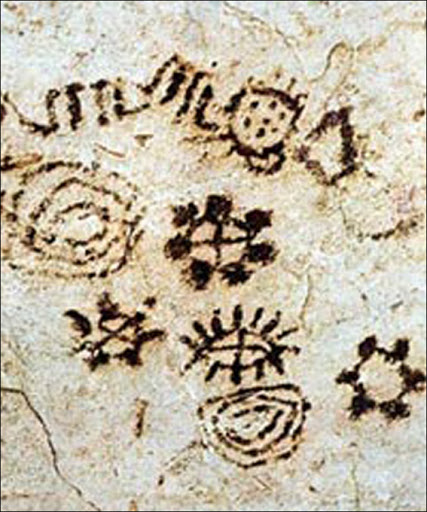Porto Badisco. The cave of deers and extraterrestrials

#grottadeicervi #portobadisco #salento #extraterrestrial #pictograms #cave Porto Badisco, near Otranto, according to the myth, the first shore touched by Aeneas in his escape from Troy. Here is the Grotta dei Cervi, discovered only in 1970. Inside speleologists found rock paintings of the first inhabitants of the area who lived there 6 millennia ago, according to […]
La frisa salentina

I turisti la guardano e non sanno quale posata utilizzare per mangiarla e provano a sgranocchiarla come un biscotto; i settentrionali si interrogano da quale lato iniziare a morderla; i meridionali osservano divertiti mentre hanno addentato già l’ultimo pezzo. La “Frisa” La leggenda vuole che le prime frise fossero state importate direttamente da Enea quando […]